Personalized metal...
How to choose the right packaging for your product
1. The budget for making packaging
Before starting any packaging work, the budget range must be determined. This will determine which materials you can use and how much you can spend to make your design as attractive as possible.
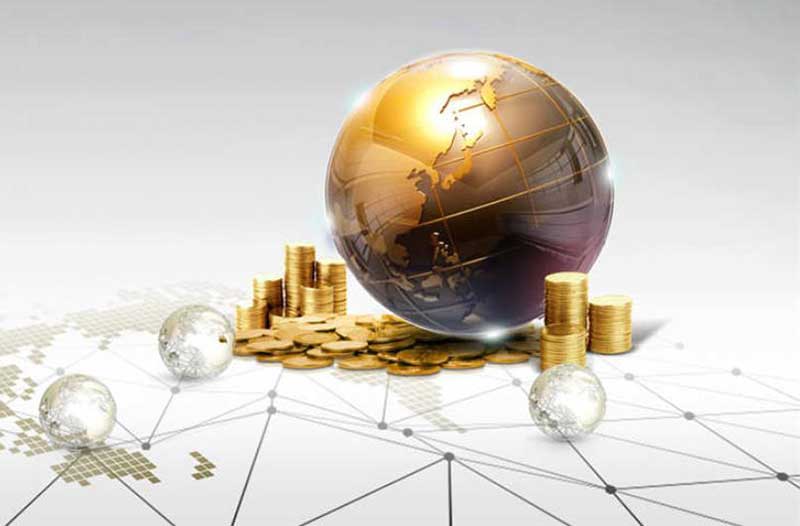
Materials such as tin-plated iron, glass, and natural fibers look good and are easy to attract consumers visually, but they are not cheap whether they are manufactured or transported. Glass is heavy and fragile, causing transportation and storage problems, and may cause consumer prices to rise. Sometimes consumers are willing to pay more for greater perceived value, but sometimes, the cost of additional packaging makes the price increase make them feel unworthy. There are also many packaging options with a smaller budget. Food-grade tin plate is a relatively cheap material and can also play a role in collision protection. At the same time, this material is environmentally friendly.
Plastic is not the most environmentally friendly option, although it can usually be recycled, it can be made from recycled materials, or both. Talking about the packaging itself can motivate consumers to be satisfied with the purchased product. Finding the right balance between the money spent on creativity and production and the money spent on materials will greatly affect the success of the project.
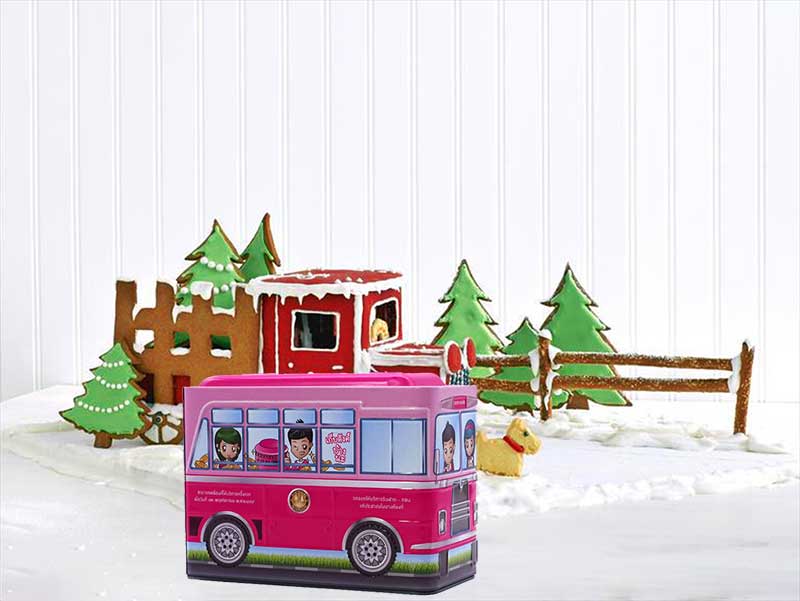
2. The role of packaging in transportation
After determining the packaging design, it is time to consider the function. No matter how amazing the design, if the packaging and I can't work, it will not help you. The amazing design that tells consumers that it is made for them but cannot be transported from your device to the shelf without damage is a kind of worthless packaging. If your product is bulky, delicate or any unusual shape, it is important to consider the strength of the material. Products with a long shelf life need special attention even if they still need to stand out after a long shelf life. Excellent printing effect can solve the above problems.
In the long run, it is more cost-effective to first spend money to purchase appropriate protective packaging than to replace damaged products later. When you reach a good state between the cost of product damage and the cost of protective packaging, it is recommended that you consider being in a well-balanced state, which can meet your production budget and customer needs.
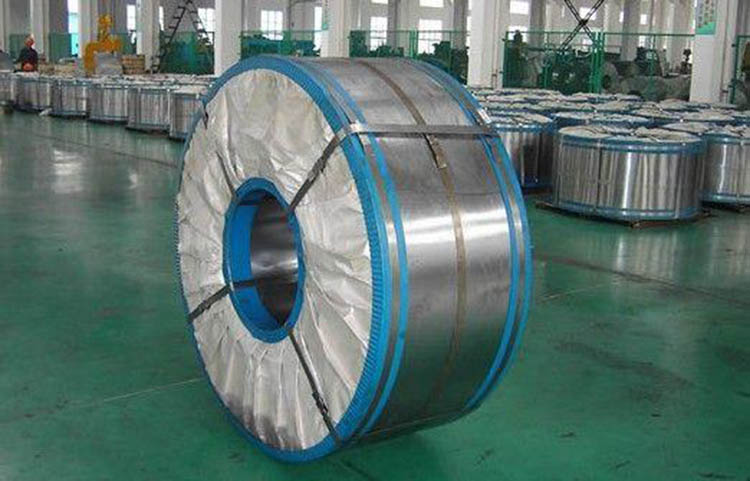
3. Packaging materials and sustainability
For packaging materials, it’s a good rule of thumb to treat the product like yourself. Just like you don't want to live in a house that is too big or too small, the right packaging space and the right space have a big impact on the final result.
Shrink film and many other flexible packaging materials are very lightweight, and most can produce excellent printing results. Compared with heavier and more bulky packaging, this is also extremely beneficial for companies from the perspective of freight and transportation. In addition, there are some film options that can help your brand promote sustainability through recyclable packaging and less packaging waste.
Flexible film is most suitable for food, dairy products, cosmetics, pharmaceuticals, hardware products and retail products to protect, extend shelf life and provide attractive packaging on and off the shelf.
From a consumer's point of view, e-commerce software packages are all about ease of use. Today there are excellent flexible bagging options that can protect your products while being easy to open and handle during transportation.
You will not regret taking the time to experience the various materials you can use. Find the most effective method and use it as one of the basis for packaging decisions.
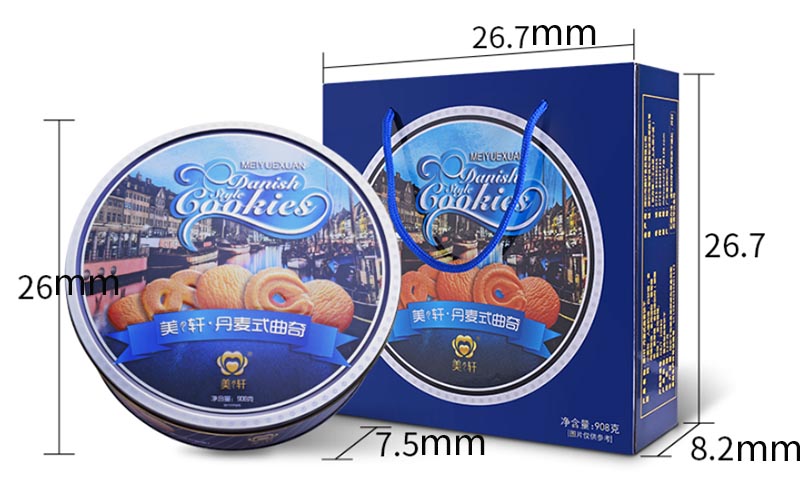
4. Packing size
If your product has four different sizes, you can reduce costs by designing two different sizes of packaging instead of four separate sizes (by saving size and design).
Using creativity in this way and adopting cost-saving measures such as this can ensure the integrity of the products you ship. In addition, you can save time and money, and ensure the consistency of the entire product.
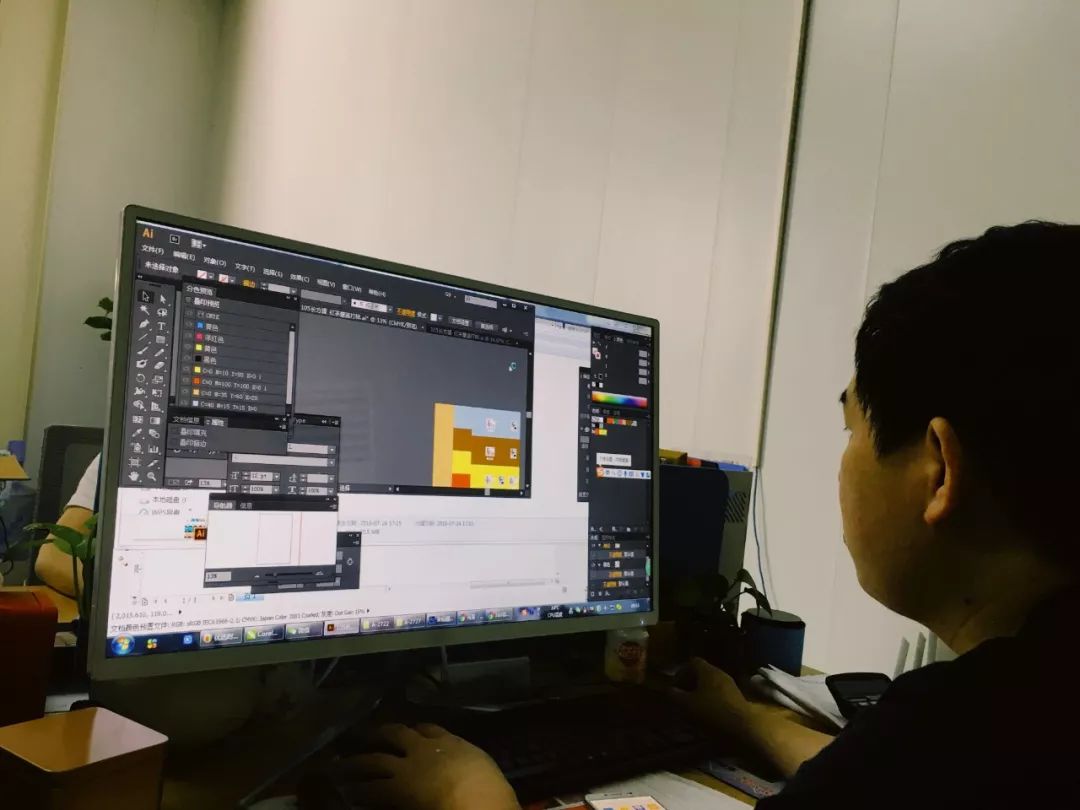
5. Packaging design and branding
It is important to consider budget, transportation, materials and packaging design, and incorporate all these elements into your overall packaging design, but the key is to keep the audience at the forefront of every decision.
Always putting your target audience at the forefront of design will help you achieve overall success in packaging design.
The type of material you choose to use in your packaging design is part of the brand, so any disconnect between the material or design and the brand message will confuse consumers and cause them to lose trust.
In order to attract your customers, you must fully research and understand them before making these key marketing and branding decisions.
Market research is a great way to understand the value of the target audience and decide how to combine these details with budgets, transportation, and sustainable needs and goals. Always listen to your key demographic information and specifically meet their needs.
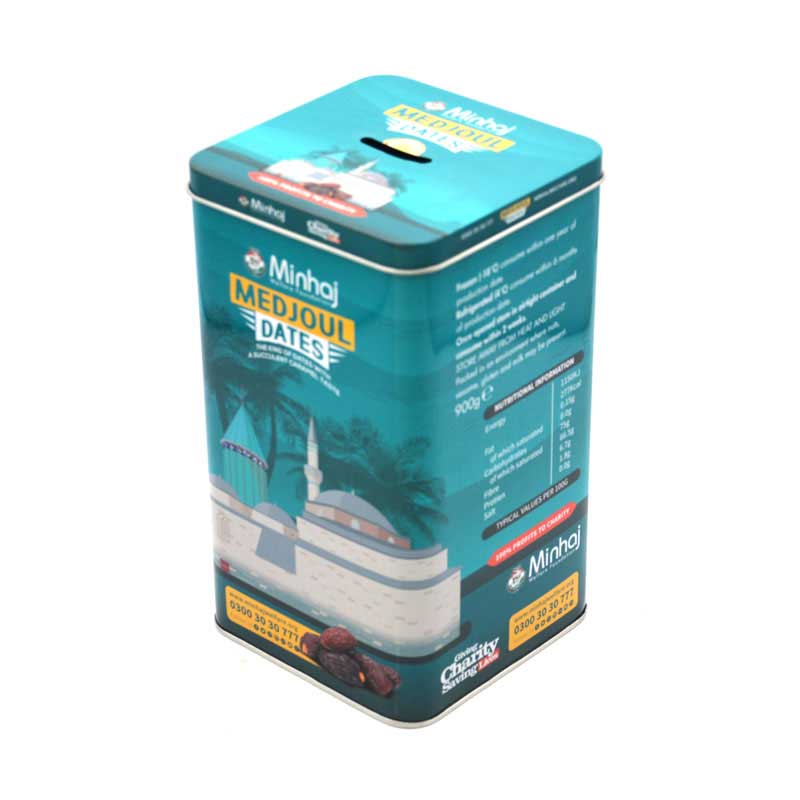
6. Possibility of packaging
There are countless kinds of packaging materials to choose from. The only constraints are budget, sustainability and your imagination. Make sure to check all aspects of packaging material selection and come up with a workable plan to ensure that your main demographic information is centered.
Most importantly, make sure that any packaging you place on the shelf conveys your brand message.
Taking all the above factors into consideration, you will be fully prepared to create beautiful, sustainable, and eye-catching high-quality packaging. This will ensure that the entire process of choosing the right packaging box for your company is a seamless and efficient process.
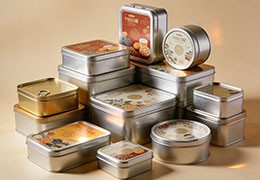
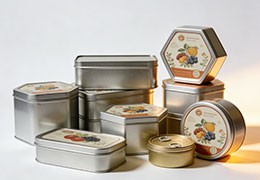
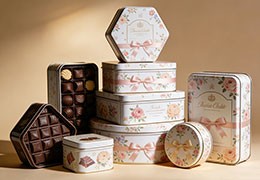
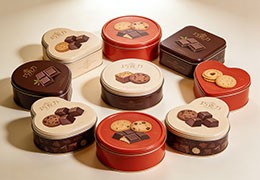
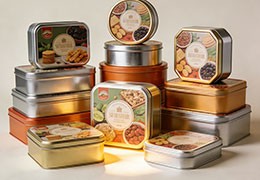
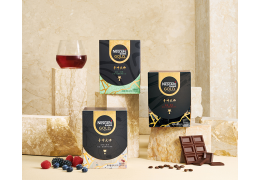
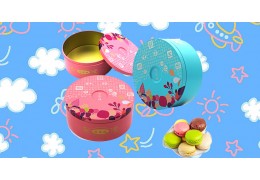
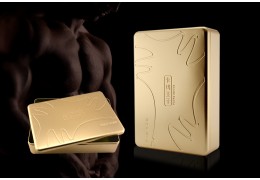

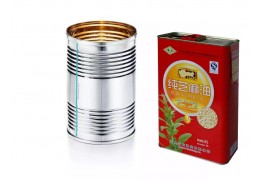

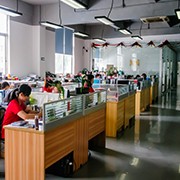

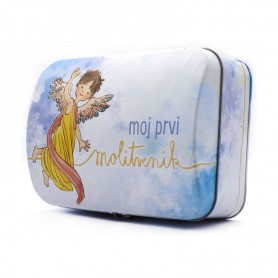
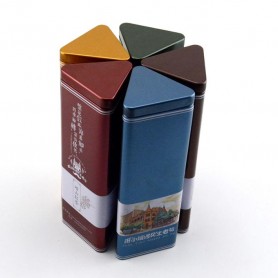
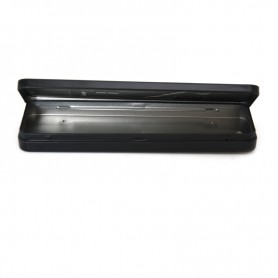
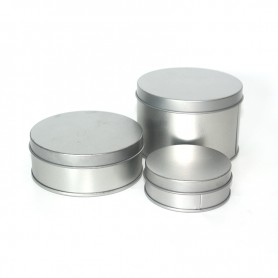

Latest comments